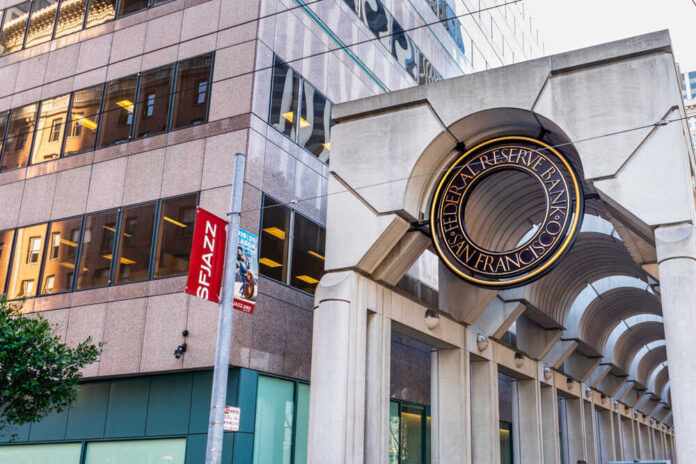
The San Francisco branch of the Federal Reserve had been warning about potential structural issues within Silicon Valley Bank (SVB) prior to its collapse Mar. 10 according to recent press reports.
SVB was placed under “full supervisory review” and had been issued six citations by the Federal Reserve of San Francisco. In particular, the central bank branch officials believed that the bank was unable to handle the pressures of increasing interest rates.
The San Francisco Fed filed “matters requiring immediate attention” letters to the bank in 2021, which went unheeded.
By the summer of 2022, the San Francisco Fed entered into a “full supervisory review” to discuss the fragility of the bank and disallowed it to grow through acquisitions of other financial institutions.
By the autumn of 2022, the San Francisco Fed had a meeting with SVB officials regarding potential needs for liquidity caused by increases in interest rates. While SVB’s leaders believed that higher interest rates could lead to higher revenues, this was not the case.
In particular, SVB held $117 billion in securities that yielded about 1.6% interest during a time when the Fed’s borrowing rate was 4.57%. These securities represented a large portion of the $173 billion the bank held in total deposits.
In January 2019, the Fed issued a warning to Silicon Valley Bank over its risk-management systems, according to a presentation circulated last year to employees of its VC arm
Deposits at SVB would swell from $49 billion in 2018 to $189 billion in 2021 https://t.co/R1z5QNOngT
— Nick Timiraos (@NickTimiraos) March 19, 2023
In particular, during the recent bank run at SVB, the bank sold government bonds at a $1.8 billion loss to cover the amount withdrawn, which furthered public panic.
The issues surrounding SVB are not unique to that bank. Shortly after the California-based bank collapsed, Signature Bank suffered the same fate. On Monday, it was reported that New York Community Bank would be purchasing about a third of the failed bank. First Republic Bank was rescued by nearly $30 billion in deposits from larger banks.
Furthermore, Fox News recently reported on a study that found that nearly 200 banks nationwide may be susceptible to a collapse similar to SVB.
According to the study, if half of the uninsured depositors pull their assets from these banks, the resulting risk may jeopardize $300 billion in insured deposits.
“If uninsured deposit withdrawals cause even small fire sales, substantially more banks are at risk,” the study reads.



























